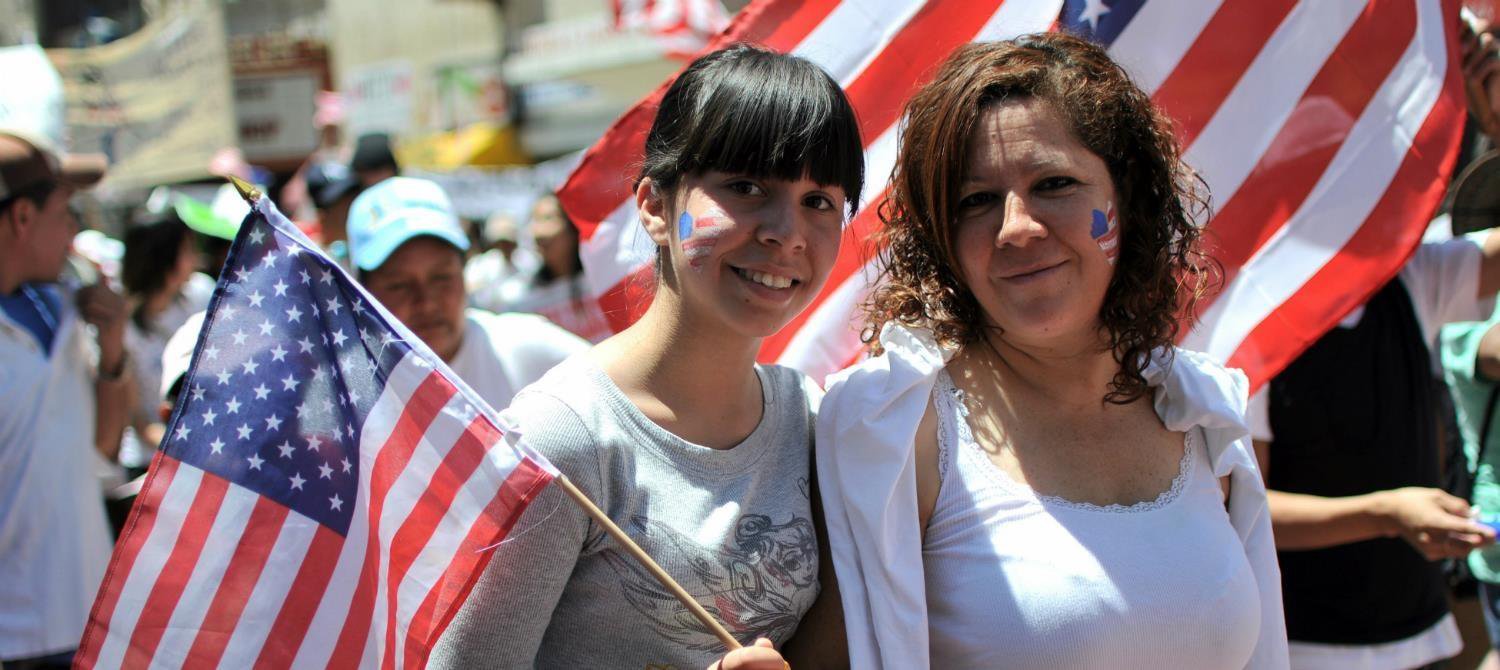Immigrants face extreme challenges adapting to and thriving in the United States. Immigrants represent approximately 12.5% of the population and are tremendously diverse in their background, heritage, experience, and socioeconomic status. Many of them, at some point, have struggled to adapt to American life.
Becoming American
Immigrants are faced with steep obstacles. They often must learn a new language and culture. For example, general American culture such as individualism, work ethic, movies, music, cultural references, and more. They also need to learn the regional culture—for example, the differences between California coastal society with Northeastern or urban-rural culture.
Some immigrants also must overcome prior traumas and experiences. Many immigrants come here as refugees or asylees. They fled their home and left behind friends, family, and their culture. They likely endured extreme hardship to come to the United States. They now need to adapt to an entirely new culture while overcoming their past trauma. These problems are magnified by economic and social instability – like the kind experienced after 2008 and more recently during the COVID-19 Pandemic.
Integration Issues
Surprisingly, many immigrants adapt and thrive in the United States – despite these disadvantages. Immigrants tend to open businesses at higher rates than native-born Americans. They commit fewer crimes and often earn more university degrees and populate high-paying professions. However, experts are warned to watch for three external forces that can derail an immigrants’ well-being.
First, acculturative stress occurs when a person is trying to navigate two cultures. Immigrants frequently experience this problem which can cause tensions between men and women and between the generations. Many immigrants move as a family, which can result in tensions. These problems are most pronounced between parents and their children. Children adapt faster to American culture and often challenge the cultural preconceptions of their parents. Essentially, parents may fear that their children are losing their cultural heritage, and children feel that their parents don’t understand them.
Second, trauma from their home country and/or their journey to the United States can leave the immigrant feeling isolated and vulnerable. Immigrants come to the United States for many reasons but usually because of war, natural disaster, or persecution – such as same-sex couples.
Third, immigrants may also face discrimination. Immigrants – especially immigrants of color – are likely to experience prejudice and are not welcome in their new communities. In particular, immigrants may be targets of fear-based prejudice which can result in even more isolation. Immigrants who experience prejudice are also less likely to seek out mental health services which compound the problems. Moreover, when immigrants seek mental health assistance, there is usually a gap between what they need and what the clinician can provide. Psychologists may not have the necessary cultural sensitivity training to help them understand and empathize with the immigrant.
Fourth, immigrants also face problems integrating into U.S. education systems. Children often lack the necessary language skills to succeed in American schools because language training is deficient. These problems are significant as approximately 25% of all school-aged children are immigrants. Schools are sometimes ill-equipped to educate these children. Teachers are often not provided additional materials or training. Schools aren’t provided more resources.



